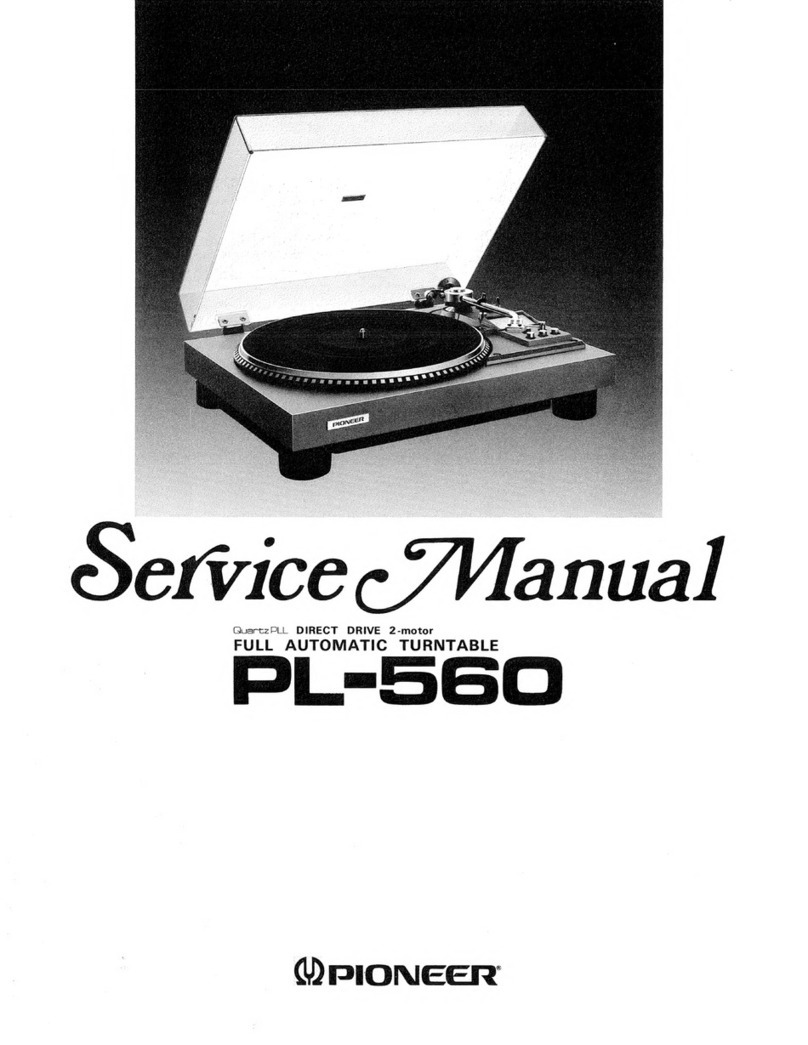Pioneer PL-100 User manual
Other Pioneer Turntable manuals

Pioneer
Pioneer PL-30-K User manual

Pioneer
Pioneer PLX-1000 User manual
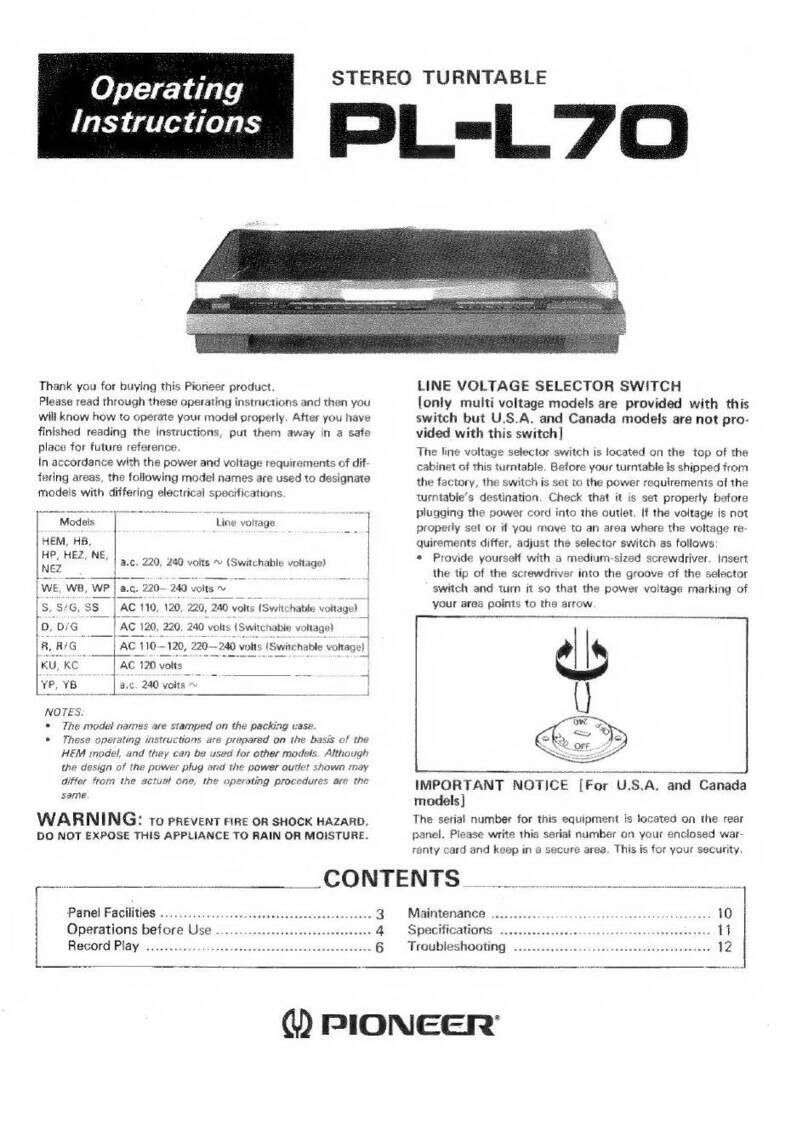
Pioneer
Pioneer PL-L70 User manual

Pioneer
Pioneer PLX-1000 User manual

Pioneer
Pioneer PL-L1000 User manual

Pioneer
Pioneer PL-260 KU User manual

Pioneer
Pioneer PL-15D-II User manual
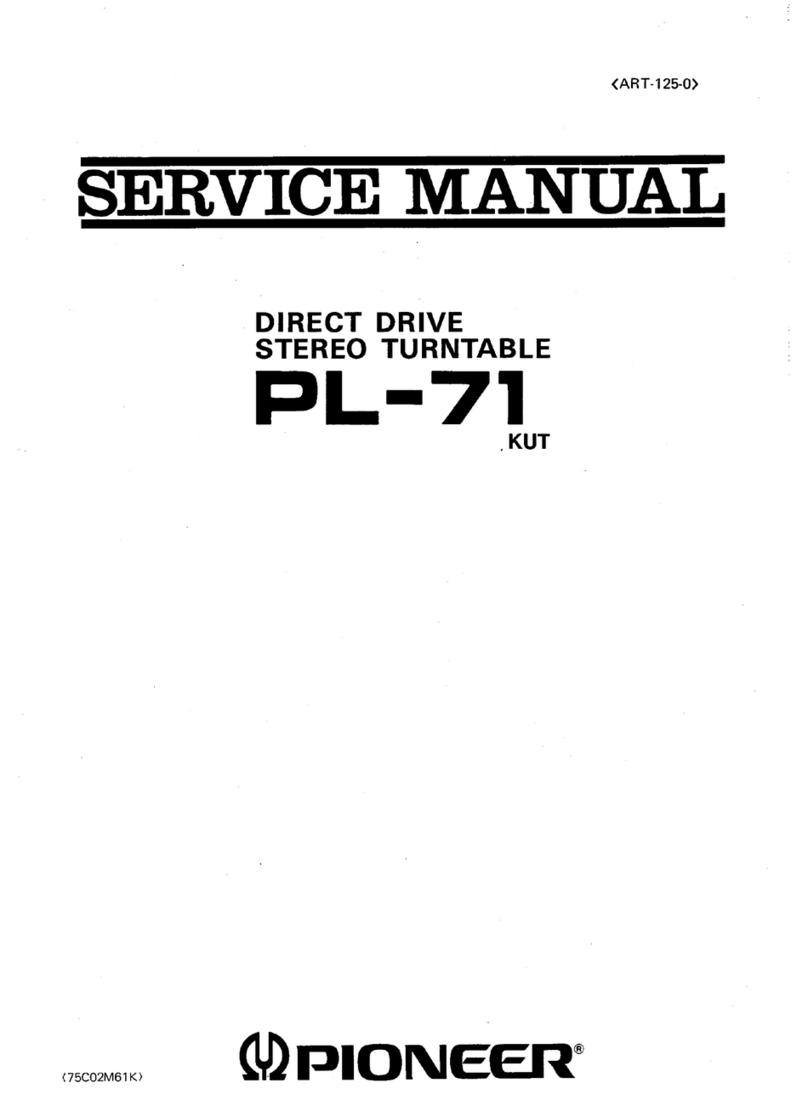
Pioneer
Pioneer PL-71 User manual
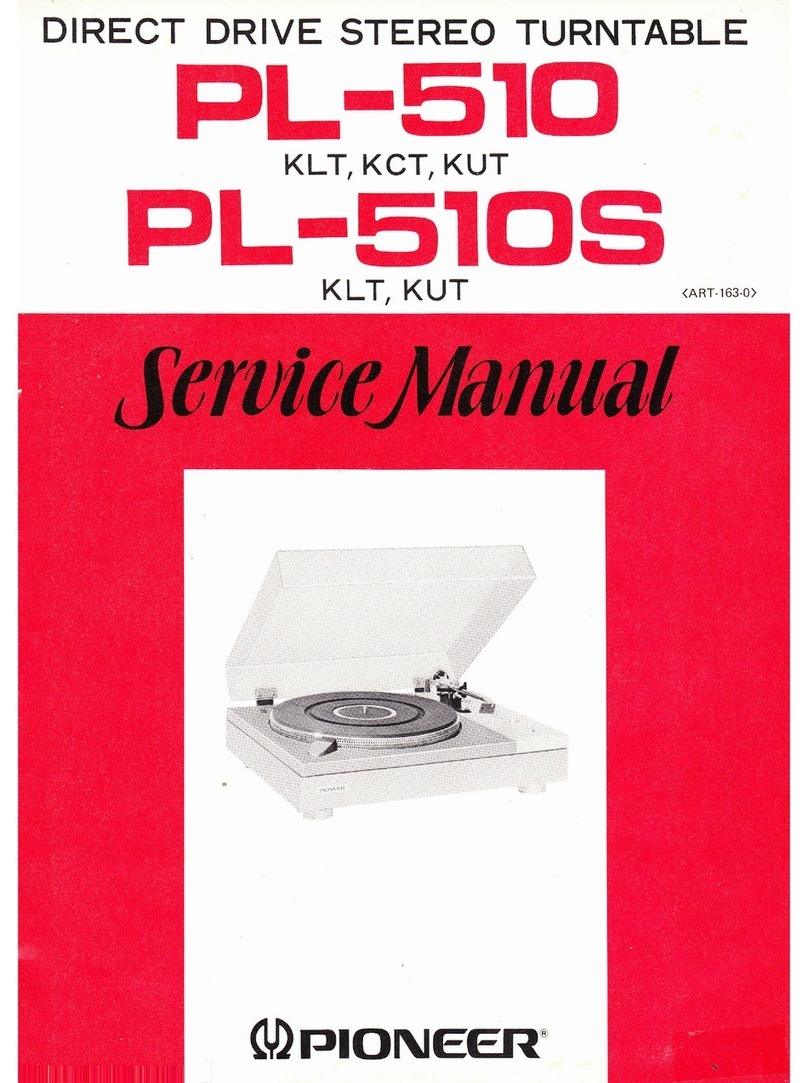
Pioneer
Pioneer pl-510 KLT User manual

Pioneer
Pioneer BDP-170 User manual
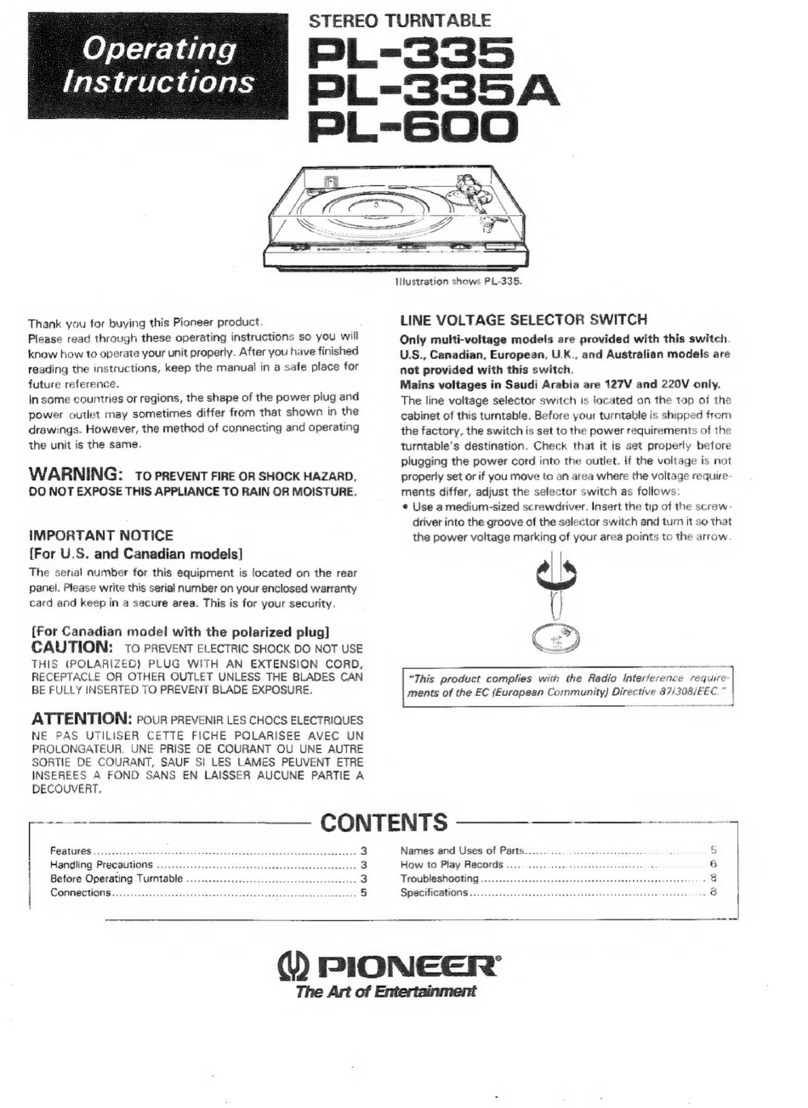
Pioneer
Pioneer PL-600 User manual
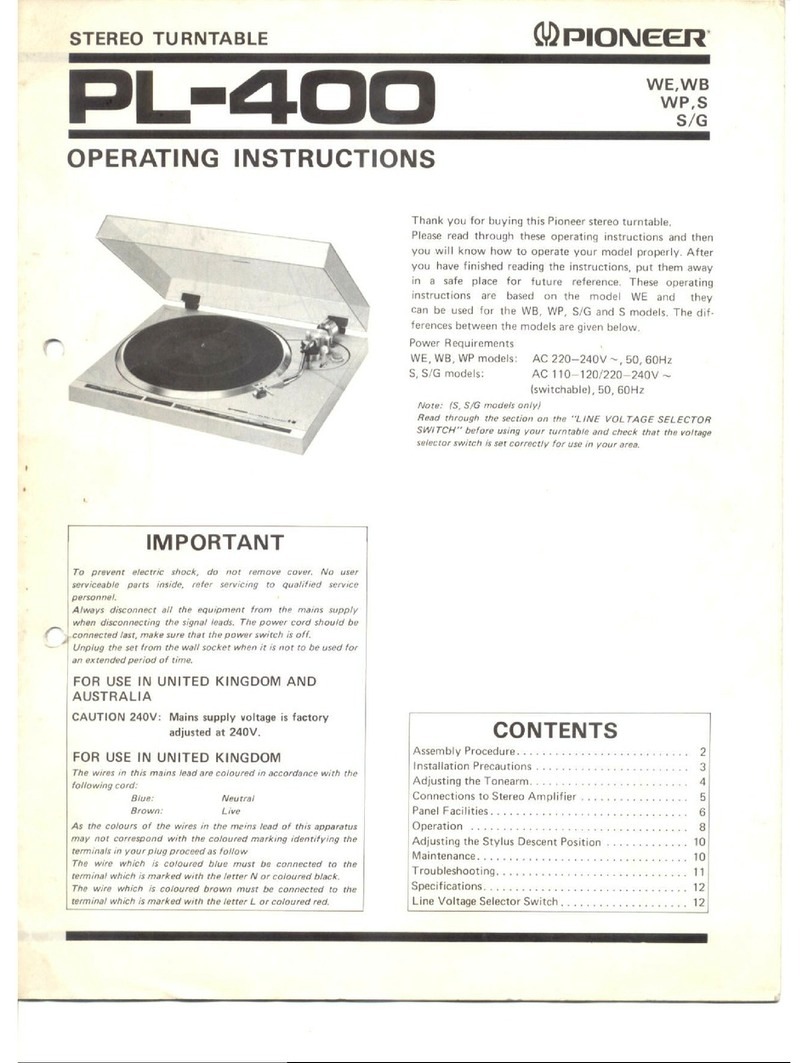
Pioneer
Pioneer PL-4000 User manual

Pioneer
Pioneer CDJ-2000NXS User manual

Pioneer
Pioneer PL-61 User manual
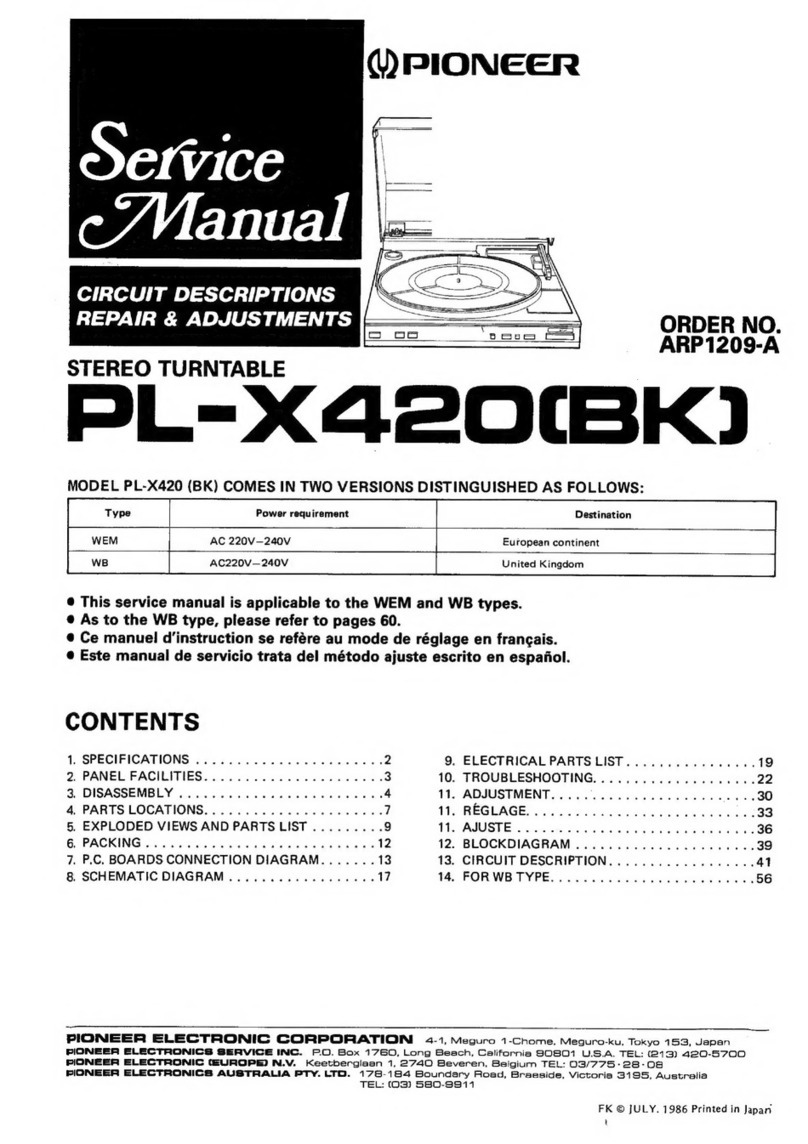
Pioneer
Pioneer PL-X420 User manual

Pioneer
Pioneer PL-510 User manual
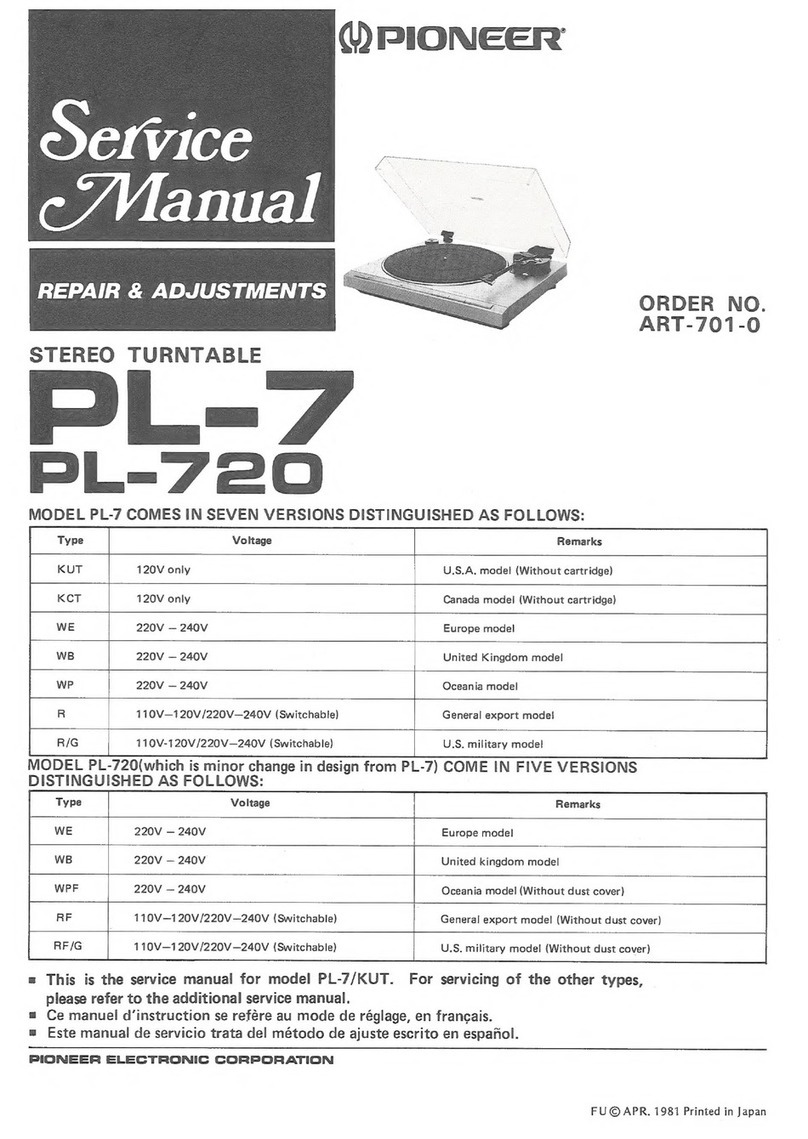
Pioneer
Pioneer PL-7 User manual

Pioneer
Pioneer PL-51 User manual
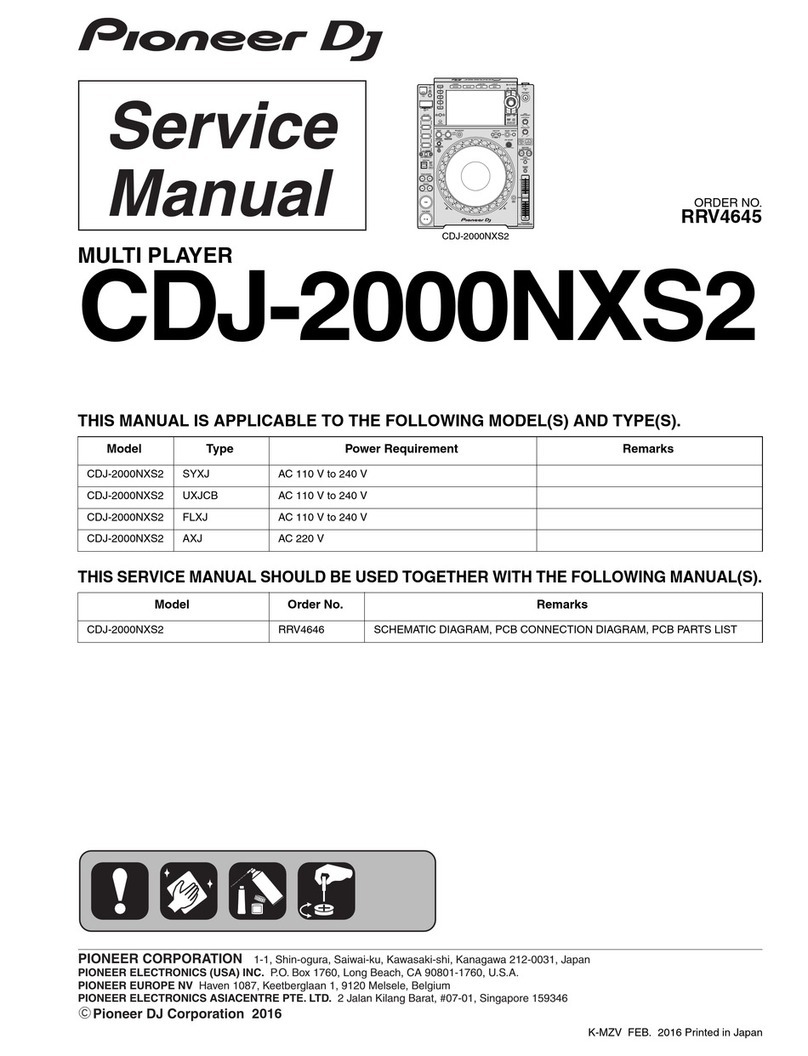
Pioneer
Pioneer CDJ-2000NXS2 User manual

Pioneer
Pioneer AVH-P6500DVD User manual
